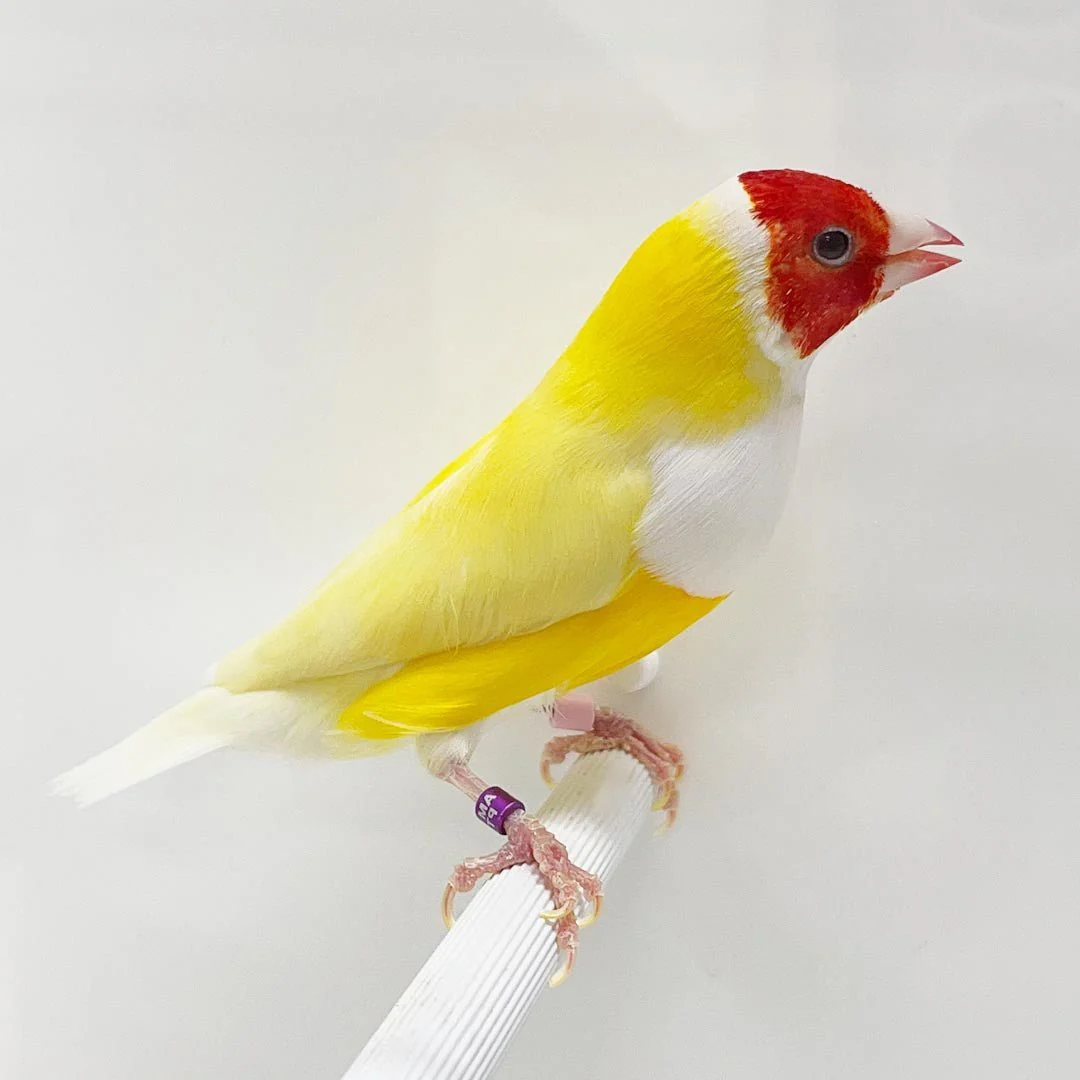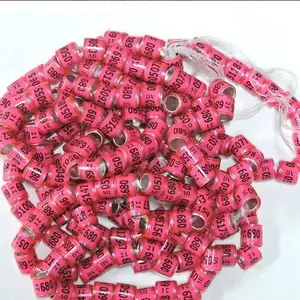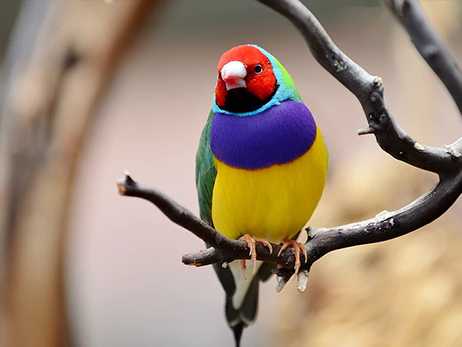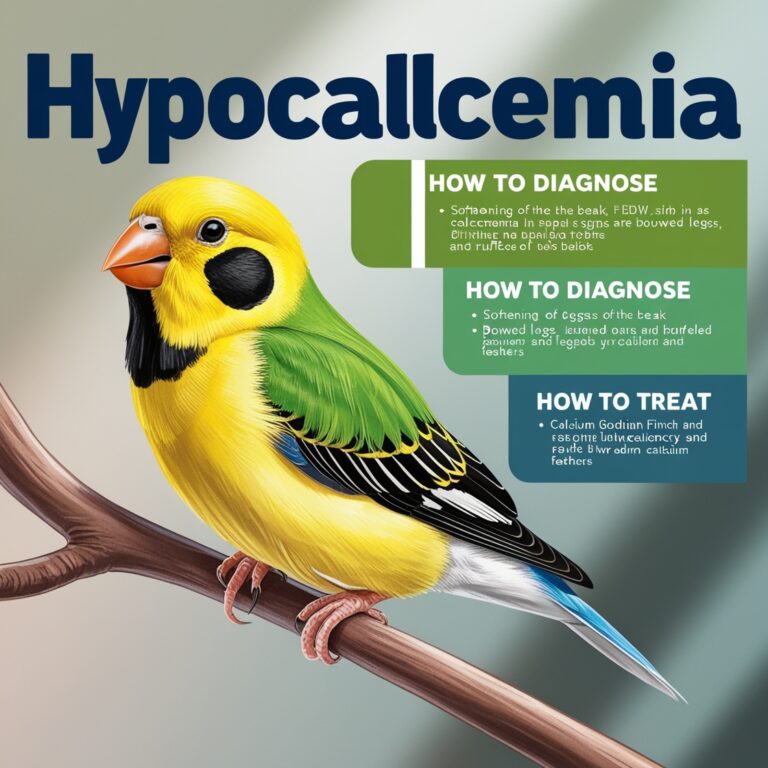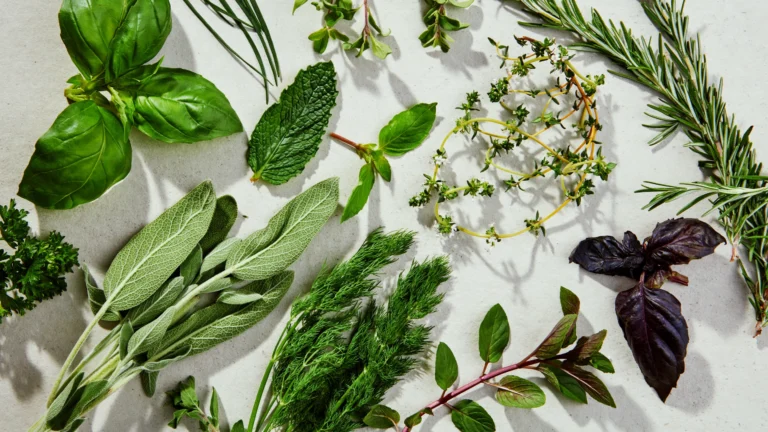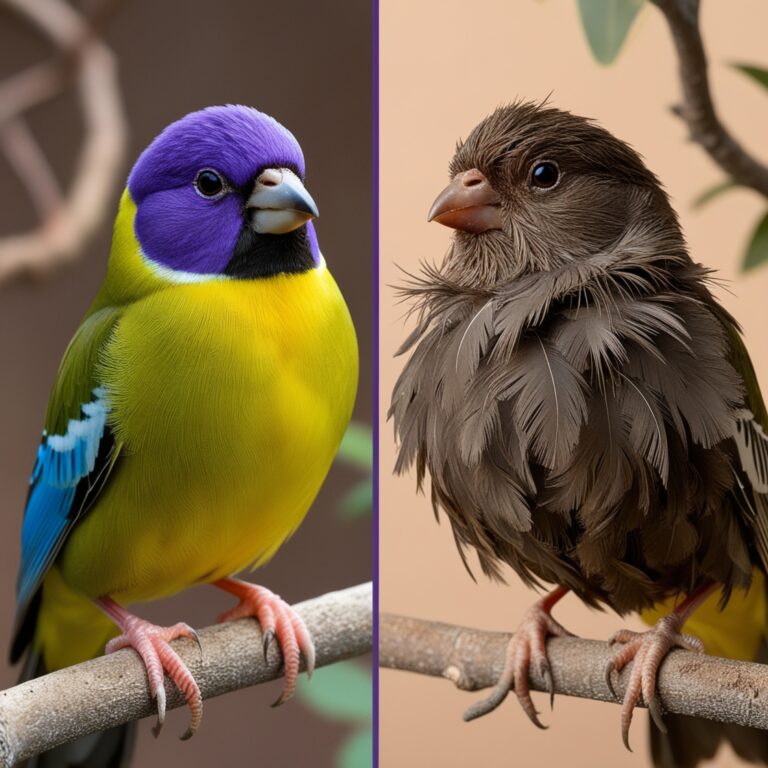The Essential Guide to Banding Baby Gouldian Finches
Ensuring Proper Care and Identification
Banding baby Gouldian finches is an important practice for both breeders and enthusiasts. These colorful, delicate birds require attentive care, and proper banding not only aids in identification but also contributes to their overall well-being. Whether you’re a seasoned breeder or new to the world of finches, understanding the nuances of banding is essential for the health and management of your avian companions.
Banding baby Gouldian finches involves placing a small, coded ring around the bird’s leg to provide a permanent form of identification. This practice is invaluable in breeding programs, where tracking the lineage, age, and health history of each bird is critical. Banding also helps prevent inbreeding and assists in keeping accurate records, which are essential for maintaining healthy and vibrant populations of these finches.
Understanding Gouldian Finch Banding
When it comes to banding baby Gouldian finches, timing and technique are crucial. The banding process should be done when the chicks are around 7 to 10 days old. At this age, their legs are strong enough to support the band, but still small enough to allow the band to slide over the foot without causing injury. Using the correct size of the band is essential, as too tight a band can harm the bird, while too loose a band can slip off or cause discomfort.
There are different types of bands available for Gouldian finches, including closed bands and split bands. Closed bands are seamless rings that are placed on the bird’s leg when it is very young, ensuring that the band cannot be removed as the bird grows. Split bands, on the other hand, have a small opening that allows them to be placed on or removed from the bird’s leg at any age. Both types have their advantages, but closed bands are generally preferred for baby finches as they are more secure and less likely to be lost.
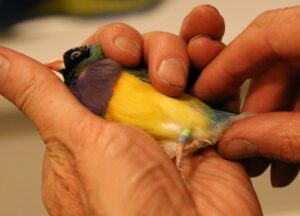
The Importance of Proper Identification
Banding baby Gouldian finches plays a crucial role in the overall management of your flock. Proper identification helps in maintaining detailed records of each bird’s lineage, which is particularly important for breeders. By knowing the exact parentage and history of each finch, breeders can make informed decisions to improve the genetic diversity and health of their birds. Additionally, banding allows for easy tracking of individual birds, making it simpler to monitor their growth, behavior, and health over time.
In aviculture, the importance of avoiding inbreeding cannot be overstated. Inbreeding can lead to a host of genetic problems, including reduced fertility, increased susceptibility to disease, and the expression of undesirable traits. By keeping accurate records facilitated by banding, breeders can prevent close relatives from being paired together, thereby promoting the overall vitality of their Gouldian finch population.
Step-by-Step Guide to Banding Baby Gouldian Finches
Banding baby Gouldian finches requires a gentle touch and careful attention to detail. Here’s a step-by-step guide to help you through the process:
- Prepare the Equipment: Gather the necessary tools, including the correct size bands, a banding tool (if using split bands), and a notebook or software to record the band numbers and associated information.
- Select the Right Band Size: For Gouldian finches, the standard band size is typically between 2.3 mm and 2.7 mm in diameter. The exact size can vary slightly depending on the strain and individual size of the birds.
- Choose the Optimal Time: Band the chicks when they are around 7 to 10 days old. At this stage, the legs are developed enough for the band, but the toes are still flexible, making it easier to slide the band over the foot.
- Band the Chicks: Gently hold the chick in one hand, ensuring that its leg is straight. Slide the band over the toes, making sure it fits snugly but does not constrict the leg. If using a closed band, this step must be done carefully, as the band cannot be adjusted afterward. For split bands, ensure the band is securely closed.
- Record the Information: Immediately after banding, record the band number along with any relevant details such as the chick’s hatch date, parentage, and any distinguishing features. This record will be invaluable for future reference.
- Monitor the Band: After banding, keep a close eye on the chick to ensure the band remains properly positioned and does not cause any discomfort or injury as the bird grows.
Common Challenges in Banding Baby Gouldian Finches
While banding baby Gouldian finches is a relatively straightforward process, it does come with its challenges. One common issue is selecting the incorrect band size. If the band is too small, it can constrict the leg as the chick grows, potentially causing injury or even necessitating surgical removal. Conversely, if the band is too large, it can slip off or get caught on objects in the bird’s environment, posing a risk to the finch.
Another challenge is timing. Banding too early can result in the band slipping off, as the chick’s leg may not yet be fully developed. Banding too late, however, can make it difficult to slide the band over the foot without causing stress or injury to the chick. Therefore, observing your chicks closely and choosing the right moment to band them is key to a successful outcome.
Ensuring the Health and Safety of Your Gouldian Finches
The health and safety of your Gouldian finches should always be your top priority. Banding, while important for identification and record-keeping, should be done in a way that minimizes stress and risk to the birds. Always ensure that the band is the correct size and is applied with care. Regularly check the bands as the birds grow to make sure they remain in place and are not causing any issues.
In addition to banding, providing a safe and comfortable environment for your Gouldian finches is essential for their well-being. This includes maintaining a clean cage, offering a balanced diet rich in seeds and greens, and providing plenty of opportunities for exercise and social interaction. Regular health checks by a veterinarian with experience in avian care are also recommended to catch any potential health issues early.
Legal and Ethical Considerations in Banding
When banding baby Gouldian finches, it’s important to be aware of any legal and ethical considerations. In some regions, there may be regulations regarding the banding of birds, particularly if you are breeding them for sale or trade. Ensure that you are familiar with the local laws and obtain any necessary permits or licenses.
Ethically, the welfare of the birds should always come first. This means using only high-quality bands that are designed specifically for small birds, applying the bands with care, and ensuring that the process does not cause undue stress or harm to the finches. Remember, the goal of banding is to aid in the care and management of the birds, not to cause them any discomfort or distress.
Caring for Banding Baby Gouldian Finches
Caring for banding baby Gouldian finches extends beyond the banding process itself. To ensure your finches thrive, it’s important to provide a nurturing environment that meets all their physical and psychological needs. Gouldian finches are social birds, and they thrive in the company of others. Therefore, keeping them in pairs or small groups is ideal. However, overcrowding can lead to stress and aggression, so it’s important to find the right balance.
Diet is another critical aspect of care. Gouldian finches require a diet that includes a mix of seeds, fresh vegetables, and occasional protein sources such as egg food. Providing a variety of foods not only keeps them healthy but also stimulates their natural foraging behavior.
Additionally, Gouldian finches are sensitive to temperature changes, so maintaining a stable, warm environment is crucial, particularly for young chicks and during the breeding season. Offering perches of varying sizes and materials, along with nesting boxes, will help keep your finches comfortable and encourage natural behaviors such as nesting and roosting.
The Role of Banding in Breeding Programs
For those involved in breeding Gouldian finches, banding plays an essential role in the success of their breeding programs. By carefully tracking the lineage and health history of each bird, breeders can make informed decisions that enhance the genetic diversity and overall quality of their flock. Banding allows breeders to identify which pairs produce the healthiest offspring, enabling them to refine their breeding strategies over time.
In competitive breeding, where finches are judged based on specific standards of color, size, and form, banding is also important for verifying the identity and age of each bird. This ensures that all birds are judged fairly and that breeders receive proper recognition for their efforts.
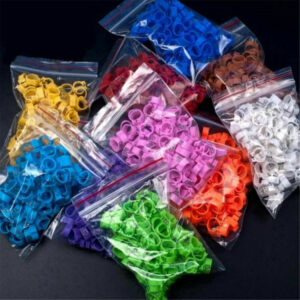
Conclusion
Banding baby Gouldian finches is a critical practice that benefits both the birds and their caretakers. It aids in accurate identification, supports breeding programs, and helps ensure the overall health and well-being of these beautiful birds. By following the proper techniques and considering the ethical and legal implications, you can effectively band your finches and contribute to their long-term care and management. Whether you are a seasoned breeder or a passionate hobbyist, banding is an invaluable tool in the responsible care of Gouldian finches.
FAQs
How do I know the right time to band my baby Gouldian finches?
The ideal time to band baby Gouldian finches is when they are between 7 to 10 days old. At this stage, their legs are strong enough to support the band, but their toes are still flexible enough for easy application.
What should I do if the band seems too tight?
If you notice that a band appears too tight or is causing discomfort, it is important to remove it immediately to prevent injury. You may need to seek the assistance of a veterinarian to safely remove the band.
Can I band my Gouldian finches at any age?
While it is possible to band Gouldian finches at any age using split bands, it is generally recommended to band them as chicks with closed bands for more secure and permanent identification.
What are the risks associated with banding?
The primary risks of banding include using the wrong size band, which can either constrict the bird’s leg or slip off, and improper application, which can cause injury. Ensuring you use the correct band size and apply it carefully can mitigate these risks.
